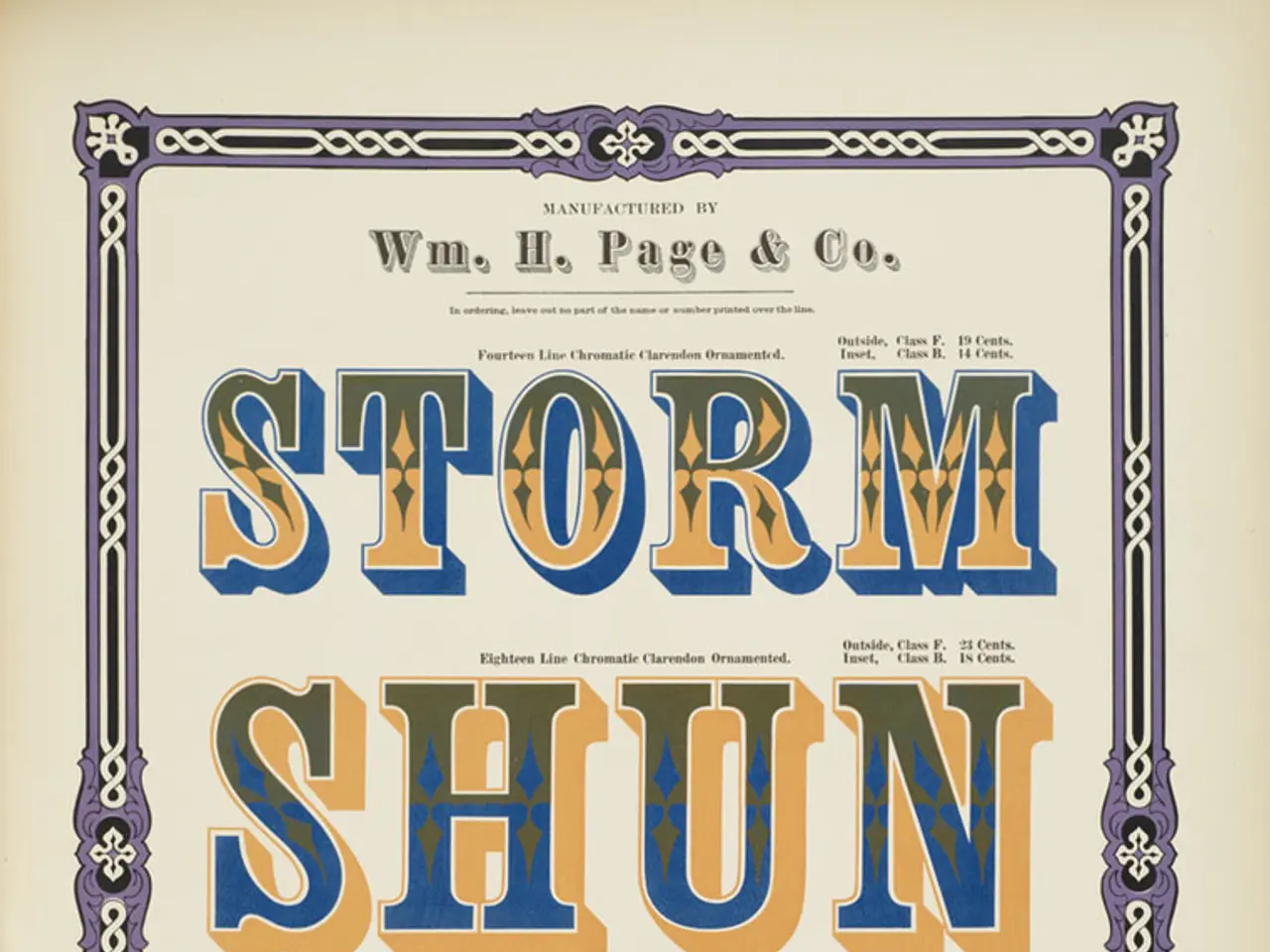Poster versus Flyer: Distinctions in Layout, Intent, and Functionality
In the dynamic world of advertising, two marketing tools stand out for their effectiveness: flyers and posters. Each serves a distinct purpose, catering to different marketing objectives.
Flyers, small, single-sheet materials, are designed for direct distribution to individuals. Ideal for quick promotions or detailed information, they function as detailed guides, packing in dates, times, locations, offers, and contact details. With a clear call-to-action, they excel in conversion-focused marketing, requiring direct response and measurable action from the audience.
On the other hand, posters are large, visually striking displays meant for mass communication in public spaces. They are printed in large dimensions such as A3, A2, or A1, making them visible from afar. Posters work great for promoting concerts, festivals, awareness campaigns, product launches, and brand advertising. Their design emphasises brand awareness and visual impact, using bold typography to grab attention.
Research by Data and Marketing Association reveals that 89% of people remember receiving a flyer in the mail, making it one of the most memorable forms of advertising. Meanwhile, posters increase sales by 29.8%, demonstrating their power in generating interest and driving action.
The key difference between the two lies in their approach. Flyers use imagery to support information, while posters rely heavily on imagery as the main communication tool. Flyers can look cluttered if overloaded with information, reducing their effectiveness, whereas posters need more negative space so the central message doesn't get lost in clutter.
Posters are more awareness-driven, aiming to leave a strong impression without communicating every detail. They are printed in large dimensions and are ideal for public spaces, requiring concise, eye-catching design to attract attention quickly from passersby.
Flyers, on the other hand, are used for promotional marketing, discount campaigns, event promotion, product launches, menu distribution, and lead generation initiatives. Smart campaigns use both flyers and posters together for maximum impact, with posters building recognition and flyers driving action.
In the digital age, these traditional marketing tools have been enhanced with AI-powered generators. The platform offers hundreds of customizable flyer designs and poster templates across different categories. The AI Flyer Generator and AI Poster Generator can turn text into ready-to-edit designs, making it easier than ever to create impactful marketing materials.
Remember, the goal is to capture attention and drive action. Whether you choose to use a flyer or a poster, the key is to keep your message clear, concise, and compelling. So, whether you're promoting an upcoming event, launching a new product, or simply wanting to increase brand awareness, consider the power of flyers and posters in your marketing strategy.
Read also:
- Peptide YY (PYY): Exploring its Role in Appetite Suppression, Intestinal Health, and Cognitive Links
- Toddler Health: Rotavirus Signs, Origins, and Potential Complications
- Digestive issues and heart discomfort: Root causes and associated health conditions
- House Infernos: Deadly Hazards Surpassing the Flames








